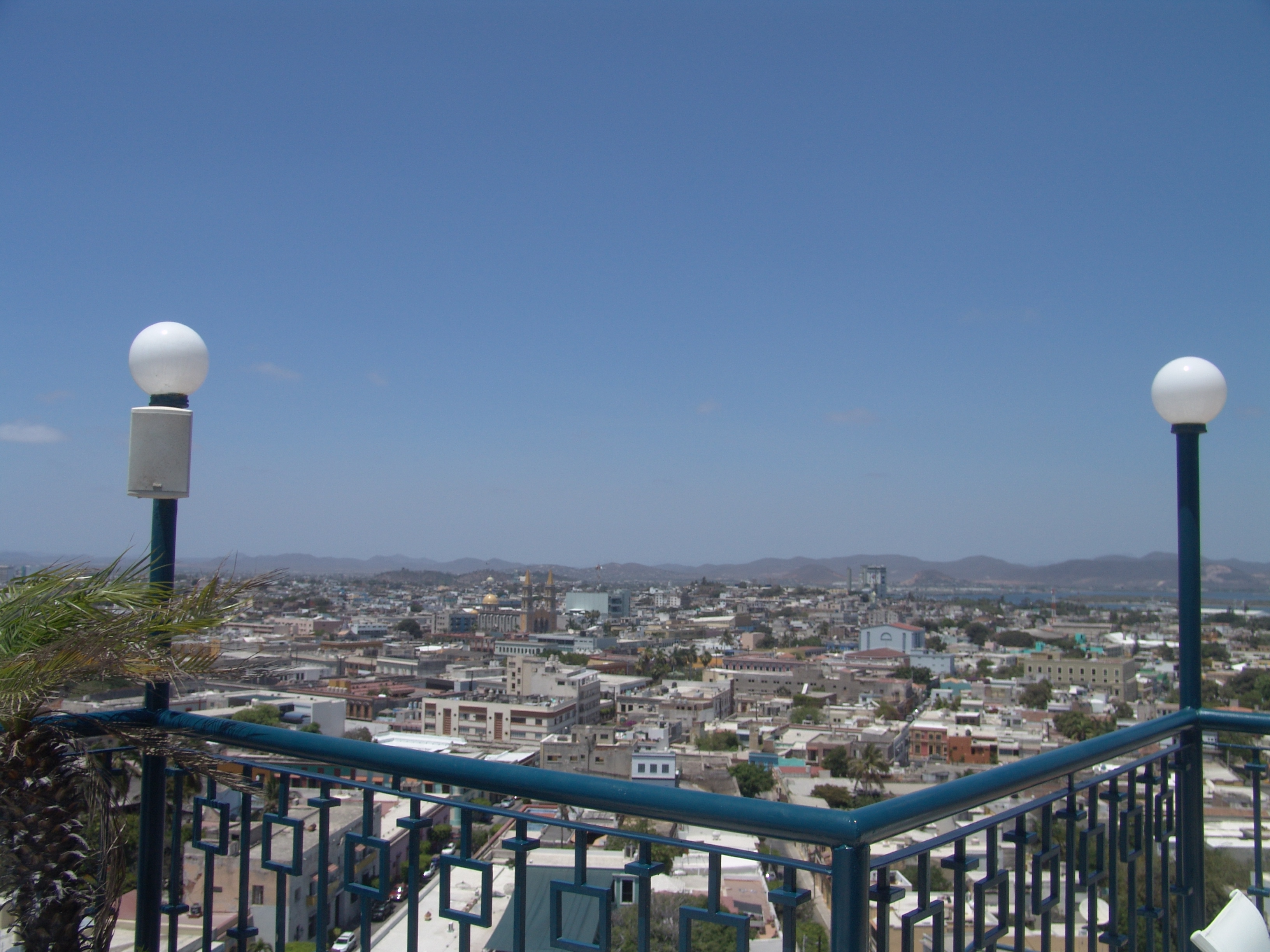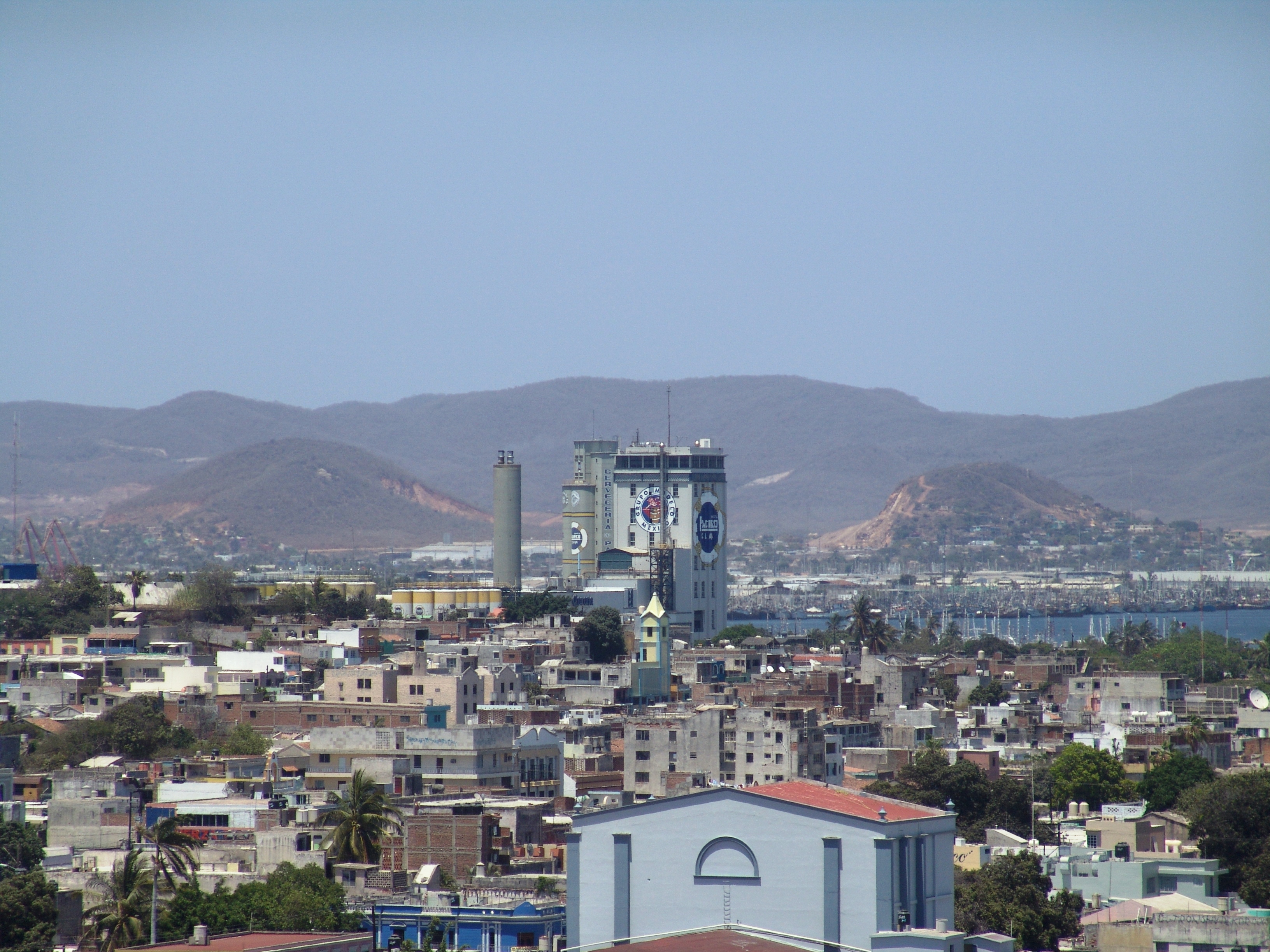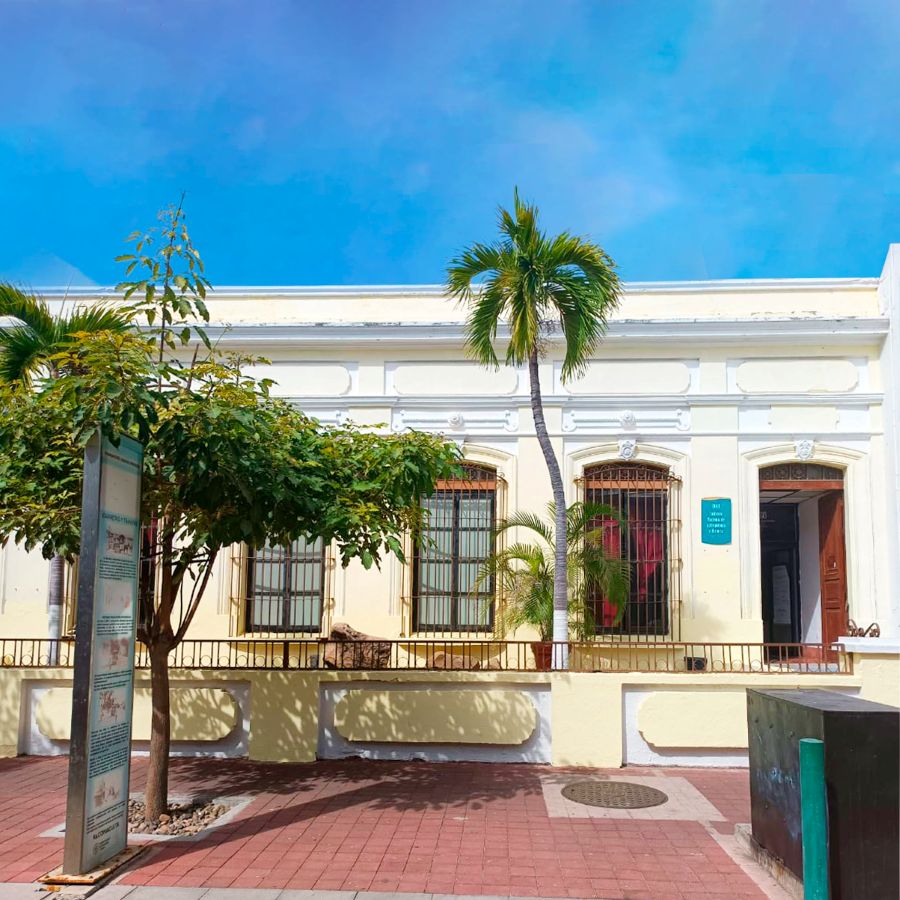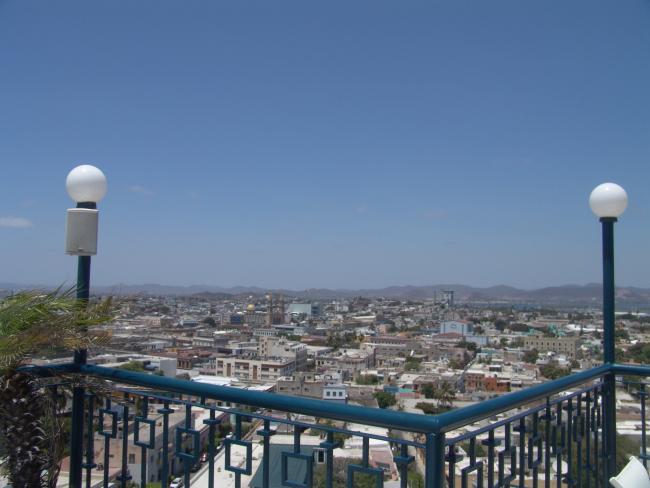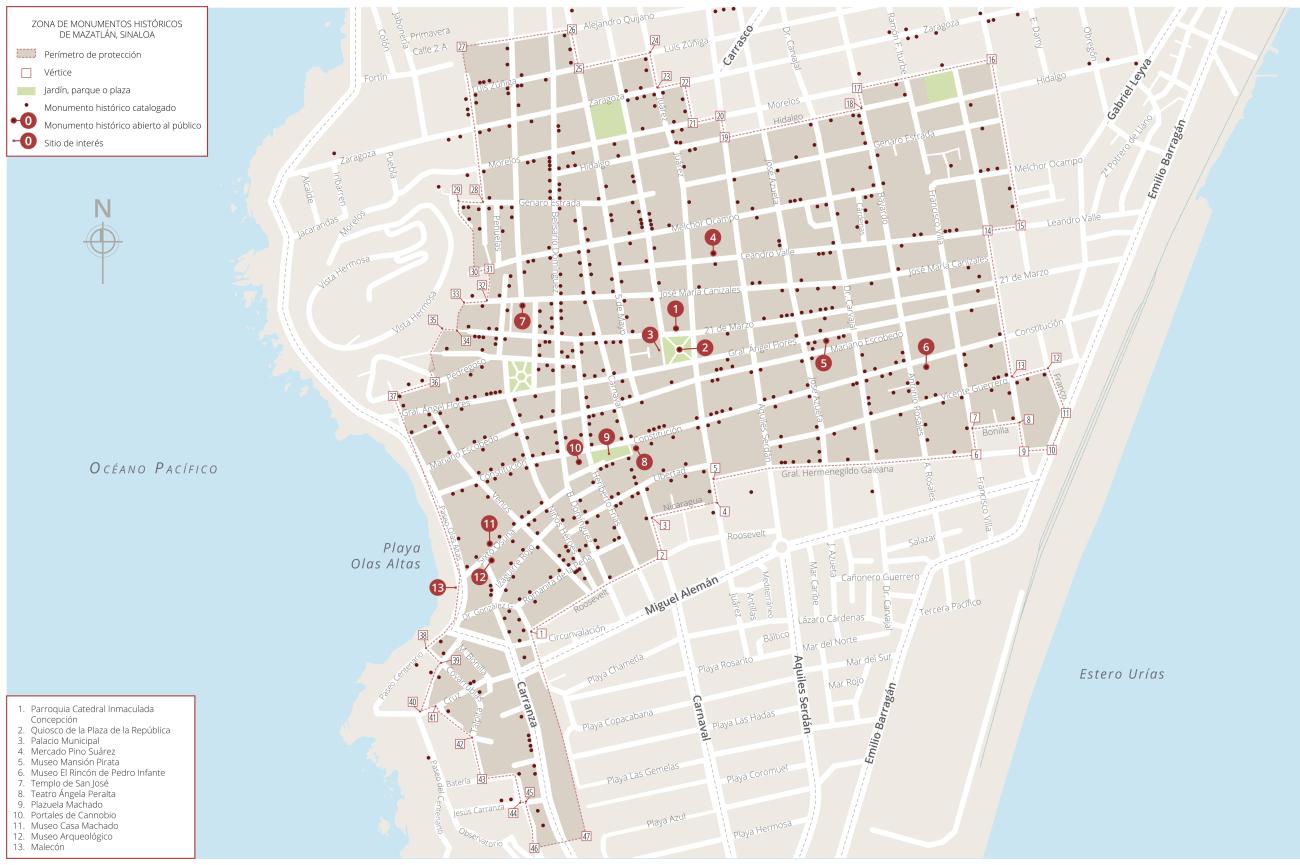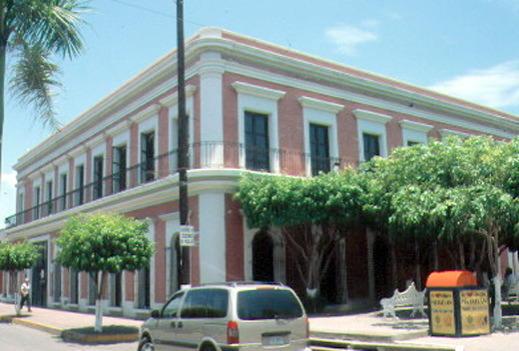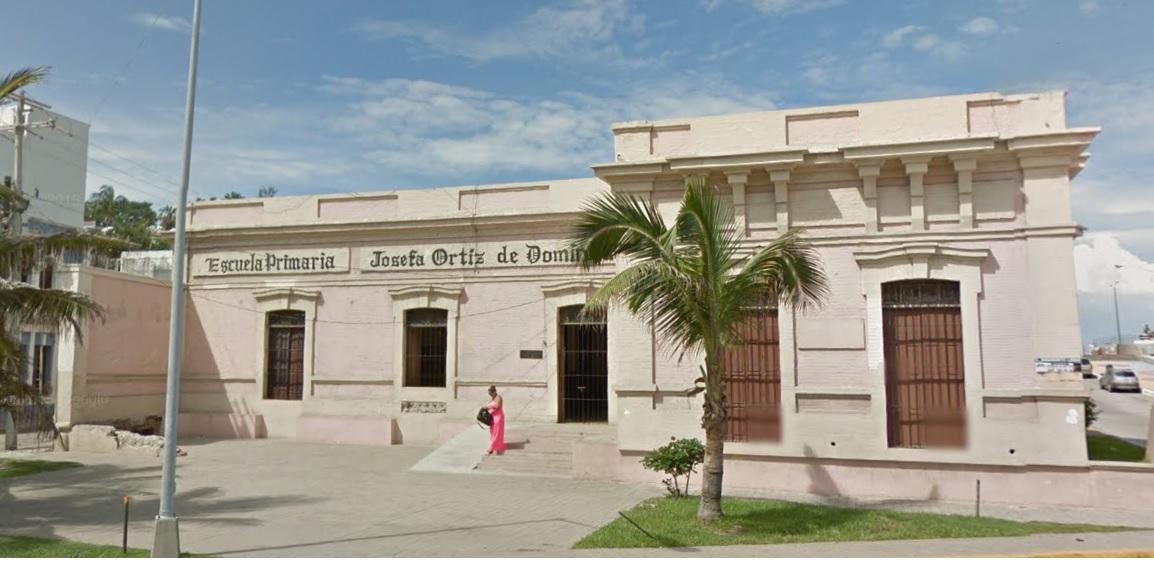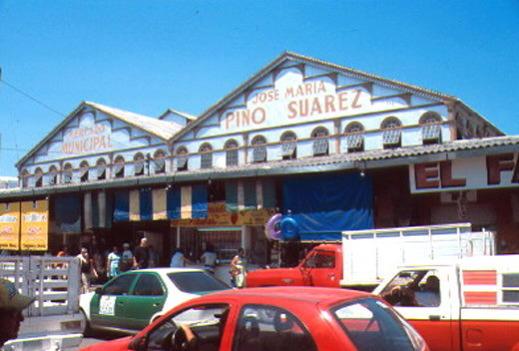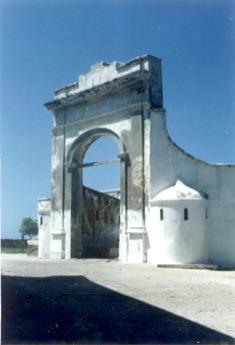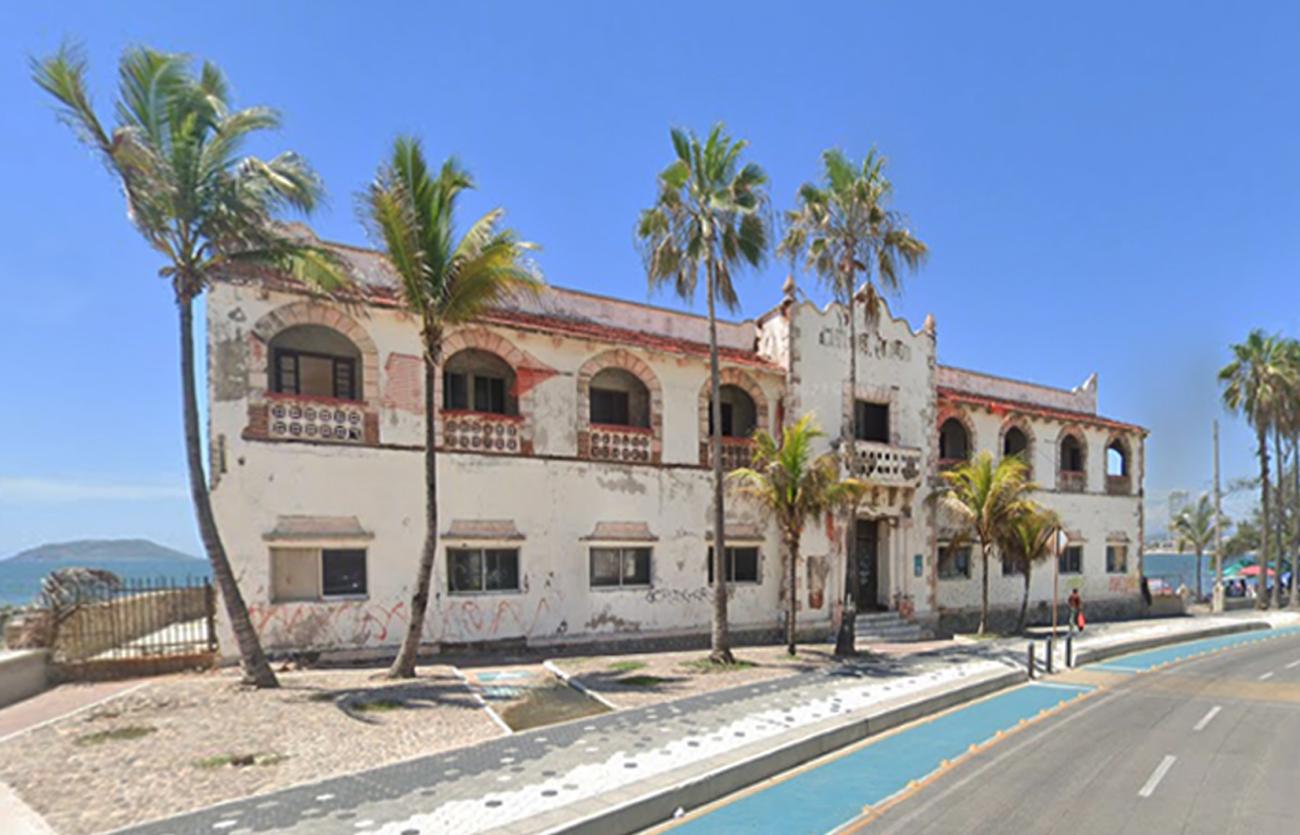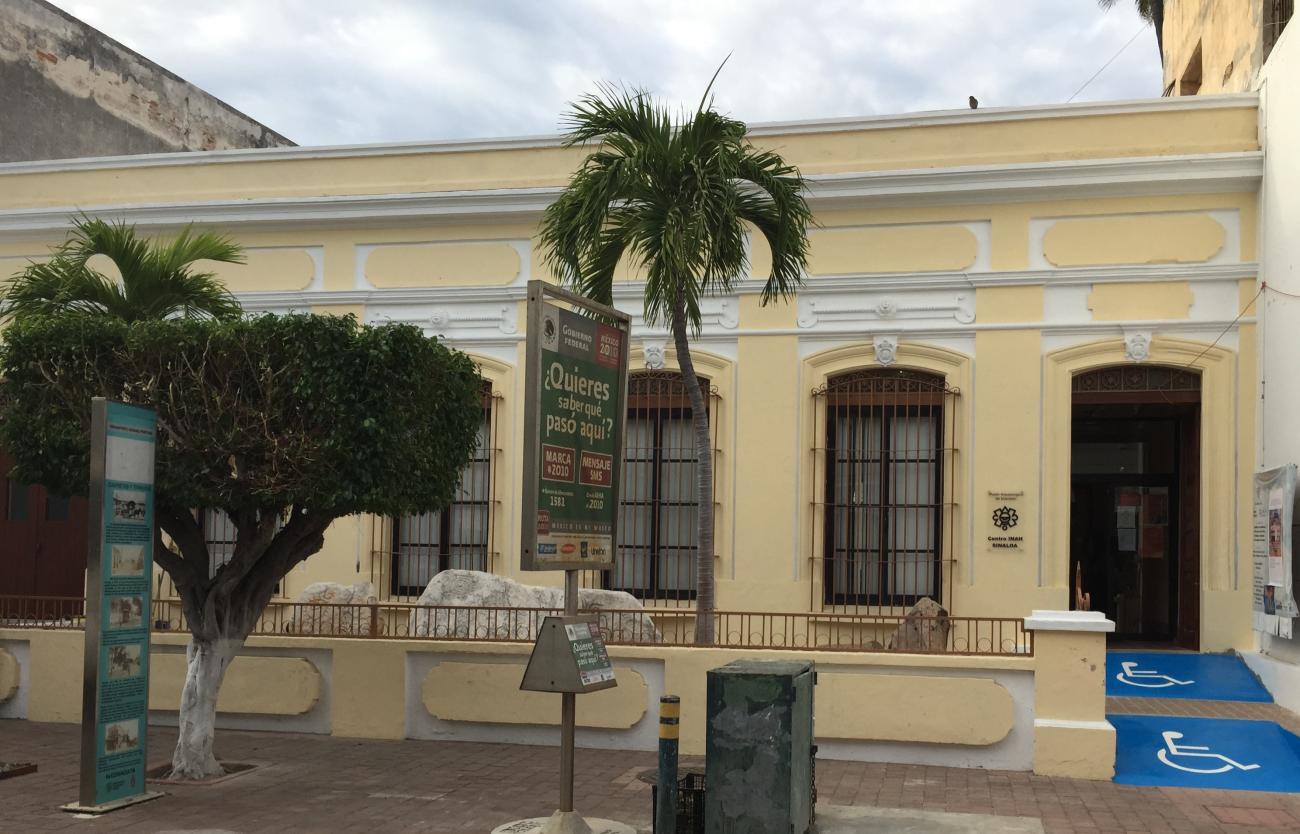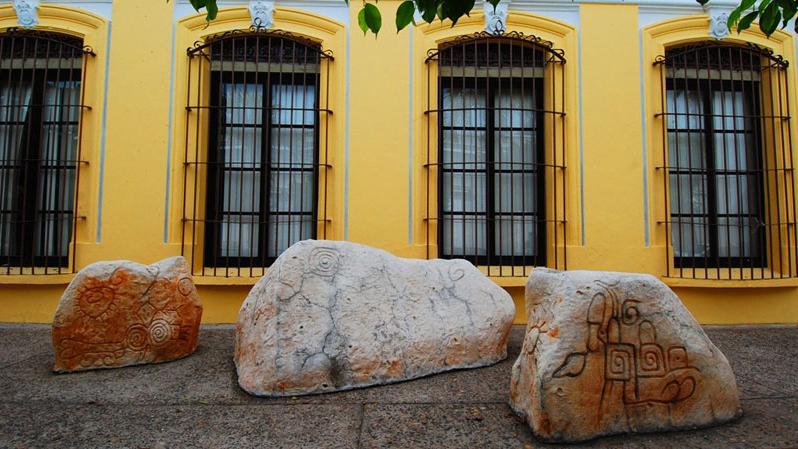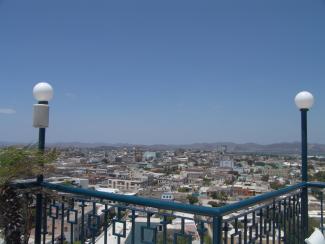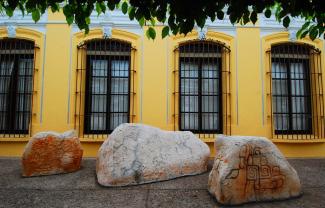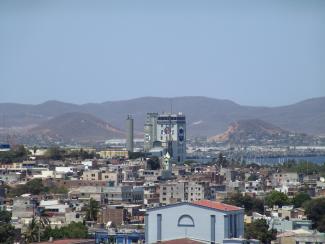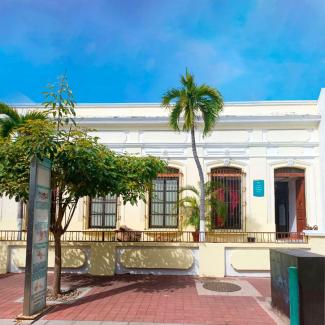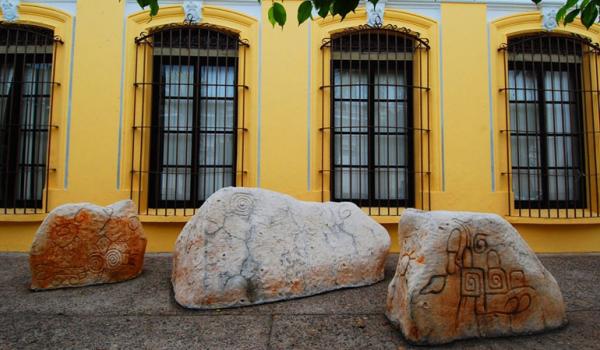Ciudad y Puerto de Mazatlán
Historical Monuments Zone
Abstract
With a unique landscape on the Pacific coast of Mexico, bordered by hills, this major port bore witness to a number of foreign invasions. Its buildings from the 19th century preserve a good part of the history of the region and present unique qualities.
Known as a tourist beach destination and an important commercial port, Mazatlán is located in the south of Sinaloa state and its fortunate geography gives it a unique character in the region. The name of the city derives from Nahuatl and is composed of the word “mazatl,” deer, and “tlán,” abundance, so it means “place where deer abound.” Today it is known as “the pearl of the Pacific.”
In pre-Hispanic times Mazatlán was populated by groups dedicated to agriculture and fishing. After the conquest, a first Spanish settlement was established in the region, under the command of Nuño de Guzmán. At that time, it was known as Villa Unión. Between 1847 and 1848 the port was blockaded by U.S. warships and it was during this episode in the nation’s history that the port took on greater importance due to its favored location in the northwest of the country.
In 1859 it became the capital of the state of Sinaloa. Two years later, it was again blockaded, this time by French ships which were finally expelled after a seven-month intervention. In 1871 the final foreign military intervention was carried out by English troops.
A yellow fever epidemic ravaged Mazatlán between August and December 1883. This directly affected the states of Nayarit, Sinaloa, Sonora, Baja California Sur and indirectly Jalisco and Colima. This epidemic represents a milestone in the epidemiology of the region, since, unlike on the Atlantic side of the country, yellow fever had never occurred nor was it a health problem for the inhabitants and doctors of the western coast. Among the victims of this epidemic was the singer known as “The Mexican Nightingale,” Angela Peralta, who was a renowned soprano in the second half of the 19th century but died on August 30, 1883 in the port.
It was declared a Zone of Artistic and Historical Monuments in 2001. The zone of historical monuments covers 1.145 km2 in a single area comprising 180 blocks, which includes buildings from the 19th century and the first quarter of the 20th, combining architectural manifestations with academic and regional characteristics; those dedicated to religious worship include the Church of San José and the Cathedral of the Immaculate Conception.
The civil buildings, in general, are aligned to the street; an unusual characteristic they retain is their patios and double gateways built on wooden columns that support segmental and round arches. The predominant construction system is based on brick walls and flat Catalan vaulted roofs; likewise, the sloping timber roofs finished with tiles are of note. Port buildings stand out, such as the lighthouse built in 1892 on the top of the rocky island of El Crestón.
The urban layout consists mainly of perpendicular streets that lead to the central square. Where the urban layout is irregular, this corresponds to the original settlements and the slopes of the hills of La Nevería to the east, de la Cruz to the south and Casamata to the northeast. The urban profile is made up of buildings of one and two stories, and the natural landscape of the surrounding hills maintains a strong presence.
The Mazatlán International Carnival is the major annual festival, characterized by its strong cultural tradition that is expressed in banda music concerts.
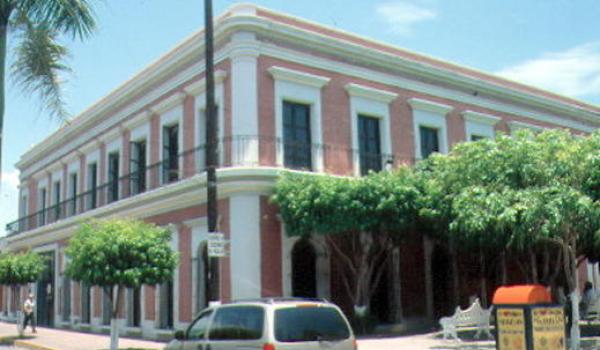
Teatro Angela Peralta
A 19th-century building designed by engineer Andrés Librado Tapia. It was built between 1869 and 1874 and inaugurated on February 14, 1874. This theater was one of the first to be lit by gas lighting.
Teatro Angela Peralta
A 19th-century building designed by engineer Andrés Librado Tapia. It was built between 1869 and 1874 and inaugurated on February 14, 1874. This theater was one of the first to be lit by gas lighting. From 1987 to 1992, it was restored under the direction of architect Juan León Loya and reopened on October 23, 1992.
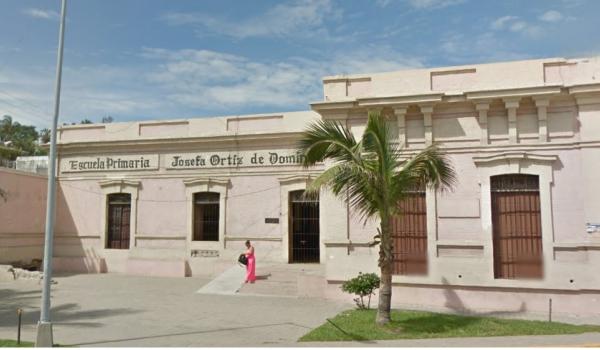
Escuela Josefa Ortíz de Domínguez
19th-century building. The school was founded in June 1880.
Catedral de Nuestra Señora de la Inmaculada Concepción
Construction of this temple began in 1855, on the initiative of Bishop Pedro Loza y Pardavé. Work resumed in 1875 and was completed in 1899. On November 7, 1938, it was consecrated and dedicated to the Immaculate Conception.
Catedral de Nuestra Señora de la Inmaculada Concepción
Construction of this temple began in 1855, on the initiative of Bishop Pedro Loza y Pardavé. Work resumed in 1875 and was completed in 1899. On November 7, 1938, it was consecrated and dedicated to the Immaculate Conception. The main altar is made of Carrara marble, and the façade is Gothic in style, with two slender towers.

Mercado Municipal José María Pino Suarez
Building designed and constructed by Alejandro Loubet, manager of the Sinaloa Foundation, commissioned by the City Council in 1899. Built in iron and steel in the Art Nouveau style.
Mercado Municipal José María Pino Suarez
Building designed and constructed by Alejandro Loubet, manager of the Sinaloa Foundation, commissioned by the City Council in 1899. Built in iron and steel in the Art Nouveau style.
San Vicente
19th-century building.
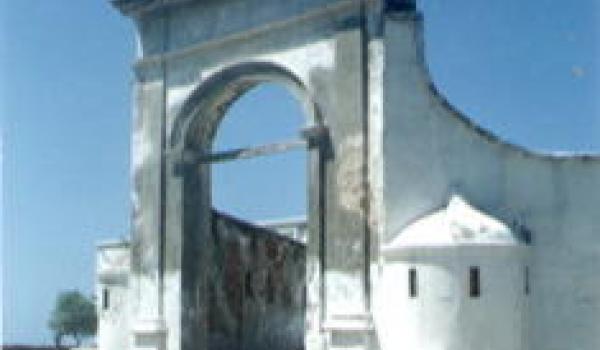
Fuerte 31 de Marzo
This fort is also known as Venustiano Carranza. It was built on the orders of Porfirio Díaz in honor of the Mazatlán soldiers who defended the attack by the French frigate La Cordeliére in March 1864.
Fuerte 31 de Marzo
This fort is also known as Venustiano Carranza. It was built on the orders of Porfirio Díaz in honor of the Mazatlán soldiers who defended the attack by the French frigate La Cordeliére in March 1864.
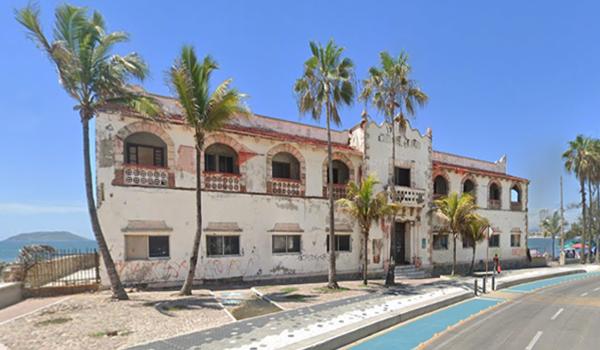
Casa del Marino
In 1944, during World War II, this building was constructed so that sailors in transit could rest. It was inaugurated on June 1, 1946.
n>
Casa del Marino
In 1944, during World War II, this building was constructed so that sailors in transit could rest. It was inaugurated on June 1, 1946.
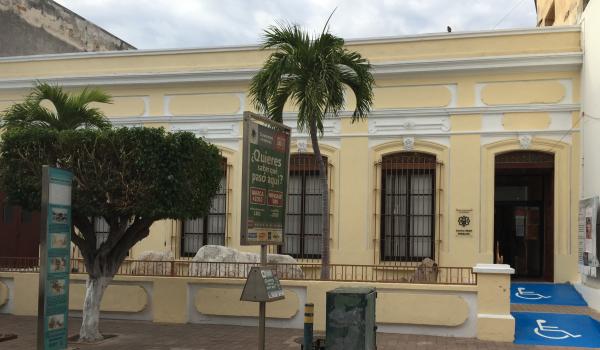
Museo Arqueológico de Mazatlán
Porfirian mansion

